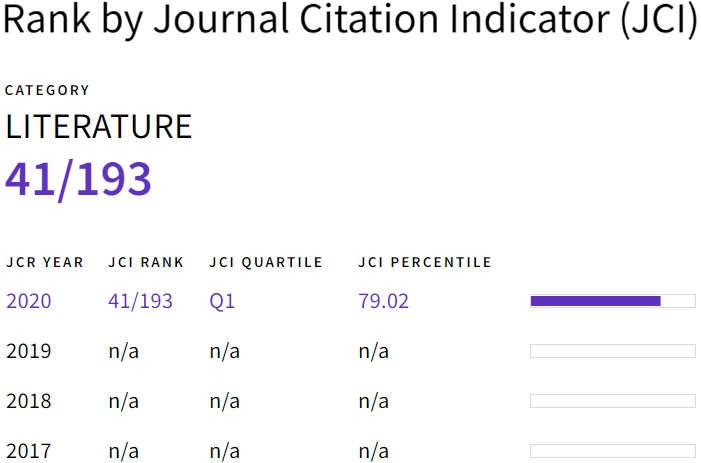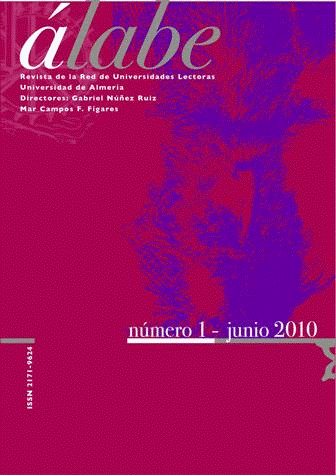“Mirror, Mirror on the wall / Who Is the Freest of Them All?â€: portrayals of Princesses in Grimms’ Fairy Tales and Contemporary Children’s Literature
Resumen
Palabras clave
Texto completo:
PDFReferencias
Bacchilega, C. (1997). Postmodern fairy tales: gender and narrative strategies. Philadelphia: University of Pennsylvania Press.
Bettelheim, B. (2003). A Psicanálise dos Contos de fadas. Lisboa: Bertrand Editora.
Bottigheimer, R. B. (1987). Grimms’ Bad Girls and Bold Boys- The moral and social vision of the tales. London: Yale University Press.
Colomer, T. (1998). La formación del lector literario. Narrativa infantil y juvenil actual. Madrid: Fundación Germán Sánchez Ruipérez.
Haase, D. (2004). Feminism fairy tale scholarship. En Haase, D. (ed.). Fairy Tales and Feminism: New Approaches (pp. 1-37). Michigan: Wayne State University Press.
Lieberman, M. R. (1972). Some Day My Prince Will Come: Female Acculturation through the Fairy Tale. College English, Vol. 34 (Nº. 3) (Dec., 1972), 383-395.
Masimi, B. (2003). A Princesa baixinha. Lisboa: Livros Horizonte.
Monteiro, S. (2007). A Princesa que queria ser rei, Porto: Âmbar.
Münder, A. (2002). Women’s roles in fairy tales: a comparison of the portrayal of women in “Marienkind†of the Brothers Grimm and Benedikte Naubert’s “Ottilieâ€. Master Thesis. West Virginia: West Virginia University.
Rowe, K. E. (1986). Feminism and fairy tales. En Zipes, J. (ed.) Don’t Bet on the Prince. Contemporary feminist fairy tales in North America and England (pp. 209-226). New York: Routledge.
Salgado, D. I. T. F. (2008). Fairy tales, or unfair tales?!... Breaking the Glass Slipper, and the Need for Modern Retellings. Masters Thesis. Aveiro: Universidade de Aveiro.
Silvestre, N. A. C. (2011). A subjetificação feminina no conto The Snow Child, de Angela Carter. Revista Litteris (N.º 7). Retrieved 12 February, 2012, from http://revistaliter.dominiotemporario.com/doc/A_SUBJETIFICACAO_FEMININA_NO_CONTO_THE_SNOW_CHILD_-_Nelci_Alves_Coelho_Silvestre.pdf
Soares, L. D. (2007). A Princesa da chuva. Lisboa: Civilização Editora.
Tatar, M. (1987). The Hard Facts of Grimms’ Fairy Tales. 2nd edition. Princeton: Princeton University Press.
Tomé, M. da C.; Bastos, G. (2011). A Herança dos irmãos Grimm na literatura juvenil contemporânea: a “chick lit†e as princesas do novo milénio. AGÃLIA, 103, 7-29.
Zipes, J. (1988). Fairy tales and the art of subversion: the classical genre for children and the process of civilization. New York: Routledge.
Zipes, J. (ed.) (1986). Don’t Bet on the Prince. Contemporary feminist fairy tales in North America and England. New York: Routledge.
DOI: http://dx.doi.org/10.15645/Alabe.2013.8.5


































